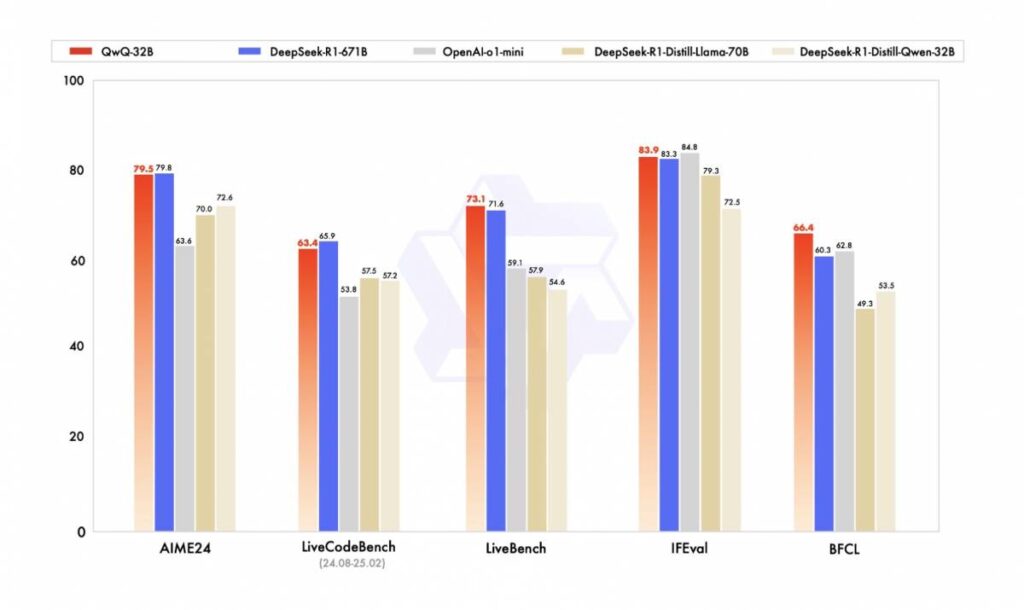
In a world where artificial intelligence is rewriting the rules—taking over industries, automating jobs, and outsmarting specialists at their own game—one human trait remains untouchable: curiosity. It’s not just a charming quirk; it’s the ultimate edge for anyone aiming to become a successful generalist in today’s whirlwind of change. Here’s the real twist: curiosity isn’t a fixed gift you’re born with or doomed to lack. It’s a skill you can sharpen, a mindset you can build, and a superpower you can unleash to stay one step ahead of the machines.
Let’s dive deep into why curiosity is more critical than ever, how it fuels the rise of the modern generalist, and—most importantly—how you can master it to unlock a life of endless possibilities. This isn’t a quick skim; it’s a full-on exploration. Get ready to rethink everything.
Curiosity: The Human Edge AI Can’t Replicate
AI is relentless. It’s coding software, analyzing medical scans, even drafting articles—all faster and cheaper than humans in many cases. If you’re a specialist—like a tax preparer or a data entry clerk—AI is already knocking on your door, ready to take over the repetitive, predictable stuff. So where does that leave you?
Enter curiosity, your personal shield against obsolescence. AI is a master of execution, but it’s clueless when it comes to asking “why,” “what if,” or “how could this be different?” Those questions belong to the curious mind—and they’re your ticket to thriving as a generalist. While machines optimize the “how,” you get to own the “why” and “what’s next.” That’s not just survival; that’s dominance.
Curiosity is your rebellion against a world of algorithms. It pushes you to explore uncharted territory, pick up new skills, and spot opportunities where others see walls. In an era where AI handles the mundane, the curious generalist becomes the architect of the extraordinary.
The Curious Generalist: A Modern Renaissance Rebel
Look back at history’s game-changers. Leonardo da Vinci didn’t just slap paint on a canvas—he dissected bodies, designed machines, and scribbled wild ideas. Benjamin Franklin wasn’t satisfied printing newspapers; he messed with lightning, shaped nations, and wrote witty essays. These weren’t specialists boxed into one lane—they were curious souls who roamed freely, driven by a hunger to know more.
Today’s generalist isn’t the old-school “jack-of-all-trades, master of none.” They’re a master of adaptability, a weaver of ideas, a relentless learner. Curiosity is their engine. While AI drills deep into single domains, the generalist dances across them, connecting dots and inventing what’s next. That’s the magic of a wandering mind in a world of rigid code.
Take someone like Elon Musk. He’s not the world’s best rocket scientist, coder, or car designer—he’s a guy who asks outrageous questions, dives into complex fields, and figures out how to make the impossible real. His curiosity doesn’t stop at one industry; it spans galaxies. That’s the kind of generalist you can become when you let curiosity lead.
Why Curiosity Feels Rare (But Is More Vital Than Ever)
Here’s the irony: we’re drowning in information—endless Google searches, X debates, YouTube rabbit holes—yet curiosity often feels like a dying art. Algorithms trap us in cozy little bubbles, feeding us more of what we already like. Social media thrives on hot takes, not deep questions. And the pressure to “pick a lane” and specialize can kill the urge to wander.
But that’s exactly why curiosity is your ace in the hole. In a world of instant answers, the power lies in asking better questions. AI can spit out facts all day, but it can’t wonder. It can crunch numbers, but it can’t dream. That’s your territory—and it starts with making curiosity a habit, not a fluke.
How to Train Your Curiosity Muscle: 7 Game-Changing Moves
Want to turn curiosity into your superpower? Here’s how to build it, step by step. These aren’t vague platitudes—they’re practical, gritty ways to rewire your brain and become a generalist who thrives.
1. Ask Dumb Questions (And Own It)
Kids ask “why” a hundred times a day because they don’t care about looking smart. “Why do birds fly?” “What’s rain made of?” As adults, we clam up, scared of seeming clueless. Break that habit. Start asking basic, even ridiculous questions about everything—your job, your hobbies, the universe. The answers might crack open doors you didn’t know existed.
Try This: Jot down five “dumb” questions daily and hunt down the answers. You’ll be amazed what sticks.
2. Chase the Rabbit Holes
Curiosity loves a detour. Next time you’re reading or watching something, don’t just nod and move on—dig into the weird stuff. See a strange word? Look it up. Stumble on a wild fact? Follow it. This turns you from a passive consumer into an active explorer.
Example: A video on AI might lead you to machine learning, then neuroscience, then the ethics of consciousness—suddenly, you’re thinking bigger than ever.
3. Bust Out of Your Bubble
Your phone’s algorithm wants you comfortable, not curious. Fight back. Pick a podcast on a topic you’ve never cared about. Scroll X for voices you’d normally ignore. The friction is where the good stuff hides.
Twist: Mix it up weekly—physics one day, ancient history the next. Your brain will thank you.
4. Play “What If” Like a Mad Scientist
Imagination turbocharges curiosity. Pick a crazy scenario—”What if time ran backward?” “What if animals could vote?”—and let your mind go nuts. It’s not about being right; it’s about stretching your thinking.
Bonus: Rope in a friend and brainstorm together. The wilder, the better.
5. Learn Something New Every Quarter
Curiosity without action is just daydreaming. Pick a skill—knitting, coding, juggling—and commit to learning it every three months. You don’t need mastery; you need momentum. Each new skill proves you can tackle anything.
Proof: Research says jumping between skills boosts your brain’s agility—perfect for a generalist.
6. Reverse-Engineer the Greats
Pick a legend—Steve Jobs, Cleopatra, whoever—and dissect their path. What questions did they ask? What risks did they chase? How did curiosity shape their wins? This isn’t hero worship; it’s a blueprint you can remix.
Hook: Steal their tricks and make them yours.
7. Get Bored on Purpose
Curiosity needs space to breathe. Ditch your screen, sit still, and let your mind wander. Boredom is where the big questions sneak in. Keep a notebook ready—they’ll hit fast.
Truth Bomb: Some of history’s best ideas came from idle moments. Yours could too.
The Payoff: Why Curiosity Wins Every Time
This isn’t just self-help fluff—curiosity delivers. Here’s how it turns you into a generalist who doesn’t just survive but dominates:
- Adaptability: You learn quick, shift quicker, and stay relevant no matter what.
- Creativity: You’ll mash up ideas no one else sees, out-innovating the one-trick ponies.
- Problem-Solving: Better questions mean better fixes—AI’s got nothing on that.
- Opportunities: The more you poke around, the more gold you find—new gigs, passions, paths.
In an AI-driven world, machines rule the predictable. Curious generalists rule the chaos. You’ll be the one who spots trends, bridges worlds, and builds a life that’s bulletproof and bold.
Your Curious Next Step
Here’s your shot: pick one trick from this list and run with it today. Ask something dumb. Dive down a rabbit hole. Learn a random skill. Then check back in—did it light a spark? Did it wake you up? That’s curiosity doing its thing, and it’s yours to keep.
In an age where AI cranks out answers, the real winners are the ones who never stop asking. Specialists might fade, but the curious generalist? They’re the future. So go on—get nosy. The world’s waiting.


